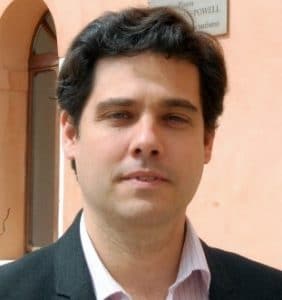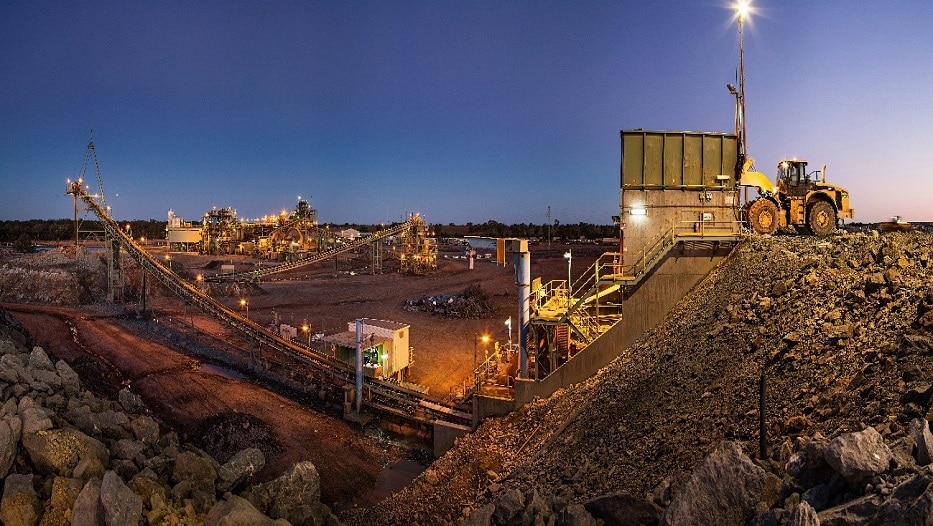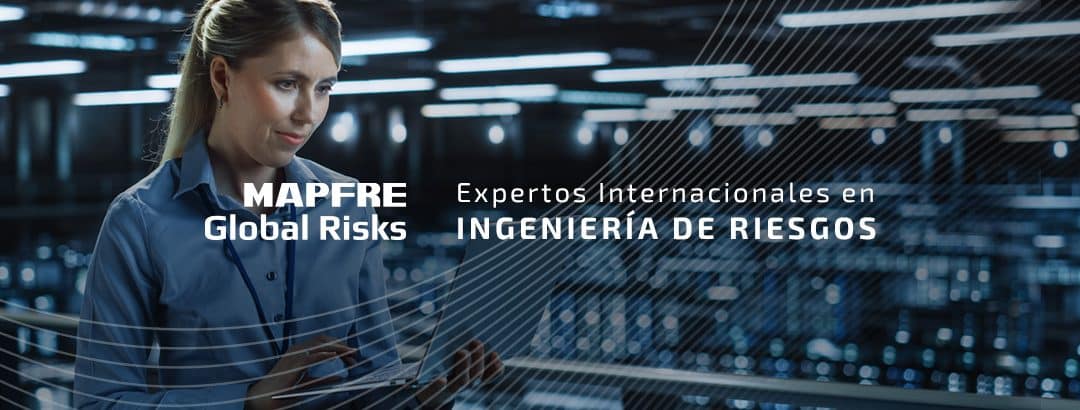Adán Cubillo Hurtado | 17/03/2022
The geological diversity of the peninsular geography gives Spain important potential in terms of mining which has allowed the country to become one of the main producers and exporters in the European Union. Among the possibilities offered by the extractive industry, the region could guarantee the supply of strategic raw materials for technological and sustainable development. Roberto Martínez Orío, head of the Mineral Resources Department at the Geological and Mining Institute of Spain (IGME-CSIC [Instituto Geológico y Minero de España]), tells us about the roadmap to be followed to strengthen the supply chains of these critical minerals.
In Spain, like in other countries, there are several mining scenarios that are defined according to the type of product they treat, and that also have a greater or lesser added value that translates into a positive impact for society, framed into aspects as important as the economic development of the region, job creation, and environmental sustainability. Roberto Martínez Orío, head of the Mineral Resources Department at the Geological and Mining Institute of Spain (IGME-CSIC), defines the country’s extractive activities:
- Traditional mining. This is the most abundant in terms of the number of mines, which are characterized for being small, with few employees, and a relatively low production volume. They’re designed for obtaining materials for construction and public works (roads and railways).
- Ornamental stone. These seek to obtain marble, granite, or slate, which are construction materials of greater added value. Extractions have reached a higher technological level, especially since the 2008 crisis when in a situation of market decrease, Spain acquired a quality commitment that has made it one of the main producers in the European Union.
- Industrial minerals. Those that are used in industrial processes almost untreated after their extraction, such as fluorite, strontium, sodium sulfate, and potassium salts. Their application is extensive and fundamental in the iron and steel, pharmaceuticals, and metallurgical industries.
- Metallic minerals. These mines are the largest, have the most added value, and create the most employment, as well as being the most technologically advanced. Spain mainly has metal sheets in the southwest of the region, the so-called peripheral belt, which runs through Seville and Huelva and extends to Portugal. It provides copper, lead, zinc, and silver. In addition, there are tungsten and tantalum mines in Castilla y León and Galicia.
We can integrate a concept into this inventory that has acquired importance in a context of technological transition and a demanding competitive market: critical materials. The term varies according to market needs. “The list of these materials is drawn up by the European Commission (recently every three years) and is based on two fundamental concepts: the economic importance it has for European industry, and the supply risk,” says Martínez Orío. The 2011 list contained 13 substances. The latest, published in 2020, has 30. This notable increase shows the buying and selling capacity, and Spain plays a very important role on a European scale. “This is the case, for example, with strontium, of which Spain is the only producer and supplier at 100% of European demand, or with fluorite, of which it is also a notable provider,” explains the expert, who also points out other substances that are not currently extracted, but from which there are signs of impressive resources, such as lithium and cobalt. “At the IGME, we record all signs of presence in the national territory. This does not mean that there is a significant deposit or that a site is going to be established there, but it is a starting point for other actors – generally companies – to collect the information and apply for research permits on the ground.” In the event that it is observed that there is indeed a resource of economic interest, the mine exploitation concession is requested, with a detailed project whose visibility and suitability is assessed by the mining authority.
Explorations in progress
The process, from the location of signs to the start of exploitation, usually lasts between 8 and 10 years in Spain. Many projects are currently in progress in that area. “Most of them are in the first stage, in the investigation of mineral interest. A few others are in a more advanced phase, where the deposit has already been proven and the exploitation project is being prepared. In this area, the most developed revolve around lithium, especially in the northern part of Extremadura, Castilla y León, and Galicia. There are also cobalt production plans with a certain degree of progress in Asturias, and interest around old tin mines,” says Martínez Orío.
In addition to the bureaucratic slowdown, the plans sometimes collide with an ecological opposition that conditions public opinion and generates doubts at institutions. “In this sense, the Ministry of Ecological Transition and the General Management for Energy Policy and Mines is developing a document that precisely deals with the roadmap for sustainable mining, with the manifest objective of drawing up a series of measures that allow the development of the mining sector and the supply of natural resources, complying with the highest standards of environmental and social sustainability,” he says. In this regard, the IGME expert also points to a necessary dissemination of the impact of the sector on the social well-being and economic development of the region. “We must work to ensure that the standard of living we maintain is fully linked to the consumption of raw materials, and at the moment, the ones that we consume come from abroad, which generates a huge dependence on international markets, sometimes from countries that do not have our safety and sustainability standards.” The training of teams and workers in the sector is also an essential requirement considering that many of these critical minerals have not been useful until relatively recently, which have been massively applied in key industries such as digital computing, renewable energy, and electric mobility. Martínez Orío also recommends developing associated industrial transformation projects at the same time, which increase the value of these mines. “It would create more employment and, above all, an industrial fabric that could remain once the exploitation is complete, bringing wealth to the region and a long-term benefit for its citizens,” he explains.
All this informative work would help to change the perception of the sector. “There is an image of mining in Spain that is closely associated with what coal extraction used to be like: a well with very narrow galleries, and the miner with a pick hammer and a flashlight on his helmet. That is something that no longer exists. Nowadays, mines are becoming more mechanized and are operated with machinery with a high level of technological development that even allows remote access, avoiding many risks. The use of explosives is infinitely safer than it was a few decades ago, in such a way that they barely have projections and cause much fewer vibrations. In other words, the sector has improved a lot technically in all areas and that is evident both in the safety of workers and in the impact on the environment,” he states.
In fact, the environmental impact is one of the main lines of innovation followed in the progress of mining. For this, techniques are used to reduce waste and take advantage of discarded materials, which are often extracted together with the main mineral and are later used to fill the mining hole. In this way, once the mining exploitation is finished, the area remains practically as it was at the beginning. “I believe that the main challenge of mining right now is its image. It is true that in countries like ours, there were years in which the sector operated without any environmental and social standards. In other words, priority was given to the economic need of the resource, and exploitations were carried out without taking into account the local population or the impacts on the environment. This generated a series of scars throughout the country, such as slag heaps and acid waters. This incredibly negative concept is very difficult to reverse. But we are using all our resources to ensure that these impacts that occurred in the past do not occur again, both through European regulations, which are the most reliable in the world, and through Spanish legislation. And this is the only way to get society to understand that having a mine near their home not only does not have a negative impact, but it has very positive advantages ranging from economic development to increasing resources for the area,” he concludes.
Article Collaborator:
 Roberto Martínez Orío, Head of the Mineral Resources Department at the Geological and Mining Institute of Spain (IGME-CSIC). Research, Development, and Innovation Technician at the Geological and Mining Institute of Spain (IGME) for almost 20 years. Most of his experience is related to the exploration of geological deposits of energy and mineral resources, as well as underground structures for storage. He has held various positions of responsibility at the IGME, coordinating technical reports on mining projects, as well as research projects on new techniques and sites, both through public financing and in cooperation with private sector agents.
Roberto Martínez Orío, Head of the Mineral Resources Department at the Geological and Mining Institute of Spain (IGME-CSIC). Research, Development, and Innovation Technician at the Geological and Mining Institute of Spain (IGME) for almost 20 years. Most of his experience is related to the exploration of geological deposits of energy and mineral resources, as well as underground structures for storage. He has held various positions of responsibility at the IGME, coordinating technical reports on mining projects, as well as research projects on new techniques and sites, both through public financing and in cooperation with private sector agents.





